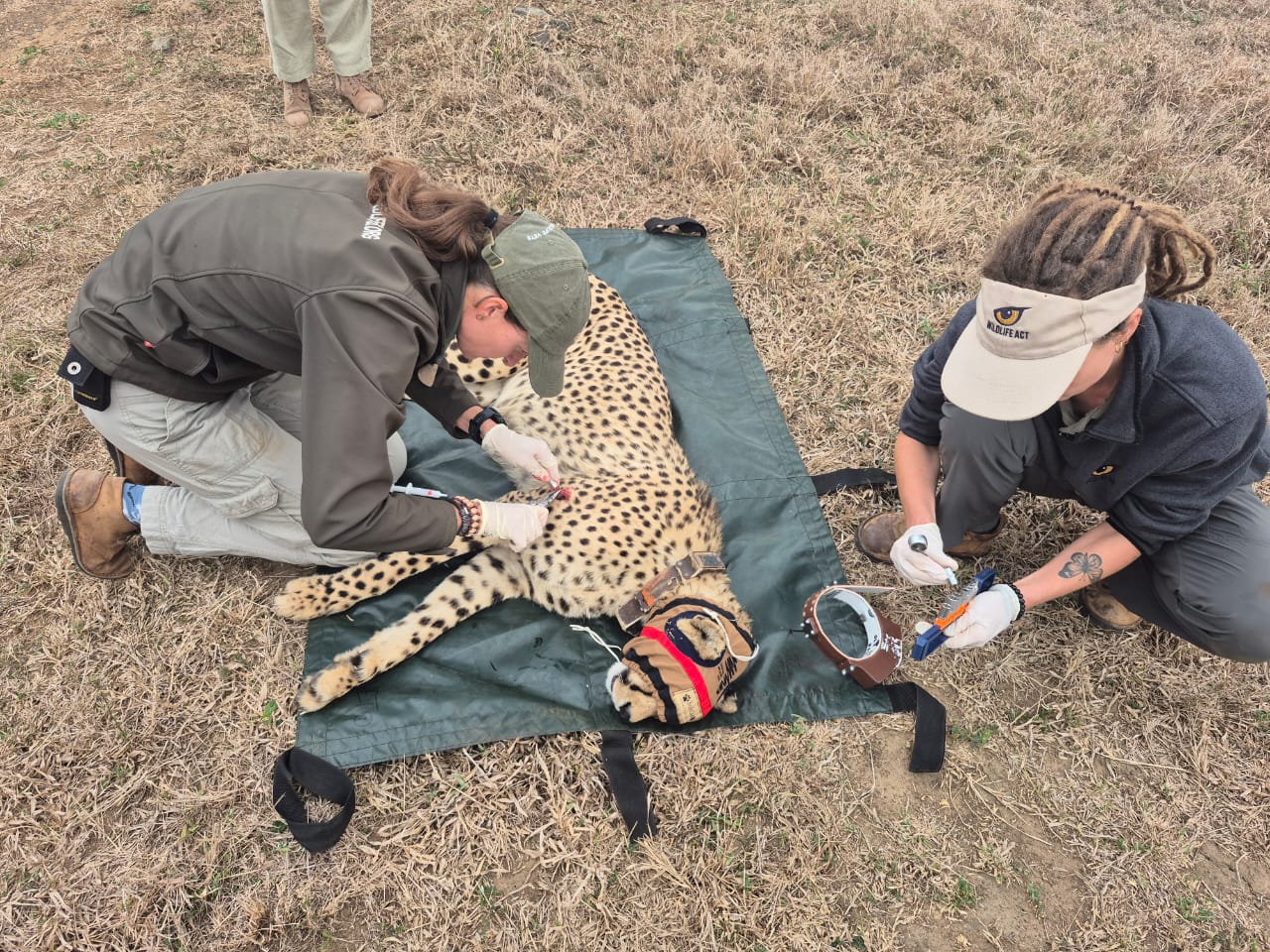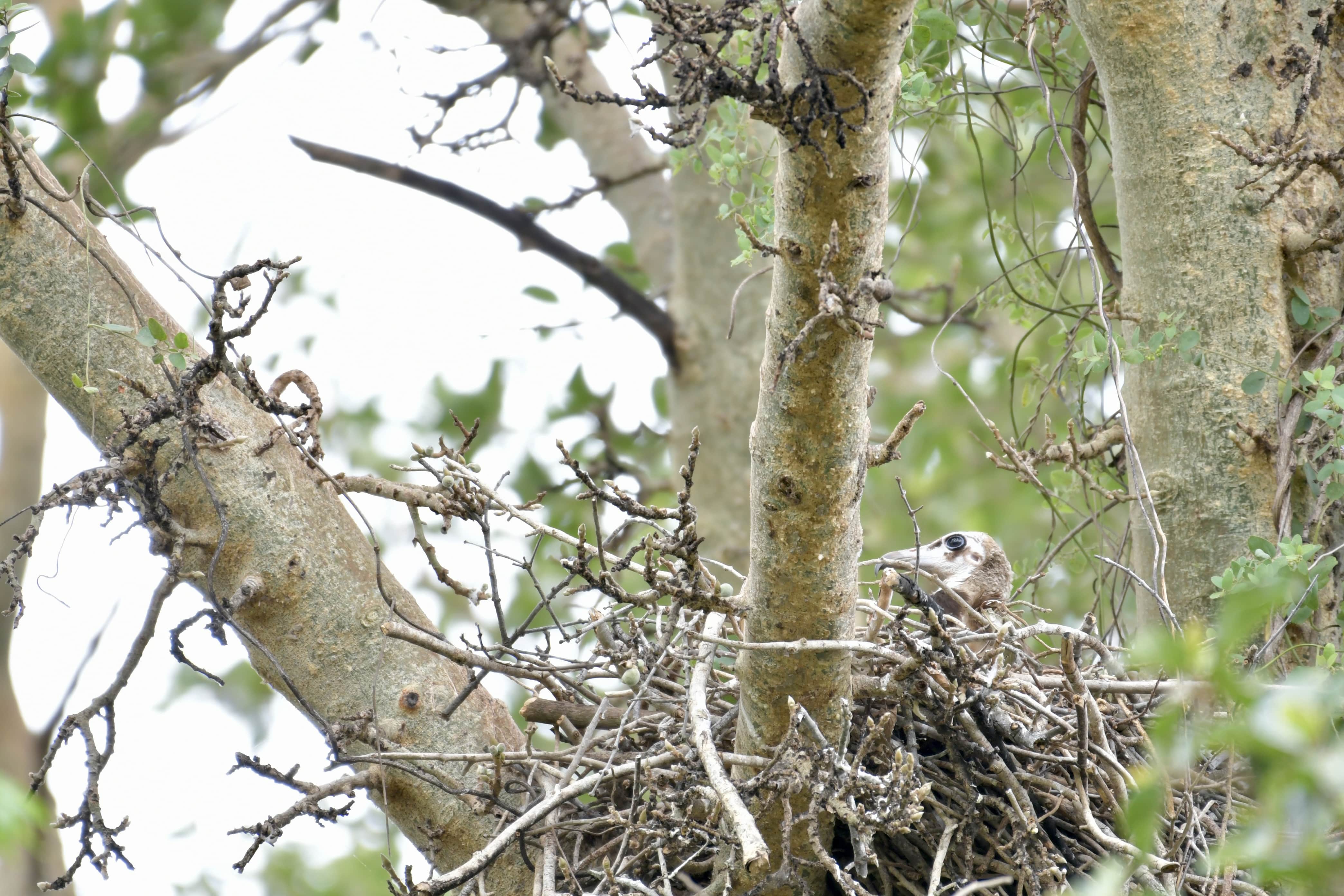Perhaps due to their odd appearance or their association from animation films as the "bringers of bad news", vultures often inherit a bad rap. However, when you put aside these vulture prejudices, you will learn that vultures are incredibly interesting creatures that provide vital ecosystem services.[caption id="attachment_16589" align="aligncenter" width="1024"]

Hooded Vultures on uMkhuze Game Reserve. Photo by Megan Hudson[/caption]Different species of vultures have differently shaped beaks, allowing them to specialise on a particular part of the carcass (innards, muscle tissue, hide etc.) as well as reduce competition for food among other species.These large raptors are equipped with a strong digestive system that contains special acids capable of dissolving many diseases such as rabies, anthrax, botulism and cholera, thus preventing the spread of these potential life threats![caption id="attachment_16590" align="aligncenter" width="1024"]

Hooded vulture (Necrosyrtes monachus). Photo by Megan Hudson[/caption]The Hooded vulture (Necrosyrtes monachus), derives its name from the wool-like down that covers the lower throat and rear of the neck. Due to their relatively small size and thin beaks, the hooded vulture is able to pick into the small areas between bones that many other species aren’t able to reach.
Hooded Vulture IUCN Red List Status

The Hooded Vulture is currently listed as “Critically Endangered” on the IUCN Red List owing to many cases of indiscriminate carcass poisoning, increase in trade for traditional medicine, hunting, persecution as well as habitat loss and degradation.A pair of these rare birds were sighted while out monitoring one morning in the uMkhuze section of the iSimangaliso Wetland Park - an area known for its incredible variety of bird-life!Wildlife ACT along with Ezemvelo KZN Wildlife and the Endangered Wildlife Trust (EWT) Birds of Prey Working Group have made great efforts to conserve the vulture population in uMkhuze Game Reserve. Learn more about the vultures of southern Africa and what is being done to save them from extinction.
Written by Wildlife ACT Monitor Megan Hudson




.jpg)




.jpg)

